In recent years, solar power has quickly emerged as an attractive solution to our energy needs, providing clean and renewable power while decreasing our reliance on fossil fuels. However, solar energy still faces misconceptions and myths that can deter individuals from adopting this renewable energy source. Its growing popularity can sometimes confuse or discourage people from adopting this form of renewable energy source. Let’s dispel some of the commonly held myths associated with solar energy to provide clarity into its true potential.
Myth 1: Solar panels don't work in cloudy or cold climates
Critics often argue that solar power is dependent on weather conditions and, therefore, cannot provide a consistent source of electricity. While solar panels perform best in sunny, warm climates, they still generate electricity in cloudy or cold conditions. They can even produce electricity on cloudy days, although at a reduced efficiency compared to sunny days.
However, solar panels' efficiency isn't solely dependent on direct sunlight. These panels utilize photovoltaic cells to convert sunlight into electricity, meaning they can generate power even on cloudy days or in areas with lower sunlight intensity. In fact, some regions with overcast weather still boast significant solar power generation capacities.
Take Germany, for example, a country not particularly known for its sunny weather. Despite this, Germany has been a global leader in solar power adoption for years, proving that solar energy can thrive in diverse climates.

Myth 2: Solar panels are too expensive
Cost is often cited as a barrier to adopting solar power. While the initial investment in solar panel installation can be significant, it is important to consider the long-term savings and benefits of solar energy. The cost of solar panels has declined significantly in recent years, making solar power more accessible to homeowners and businesses alike.
A cost breakdown of solar panel installation reveals that the long-term savings from reduced electricity bills outweigh the initial investment. In addition to lower energy costs, solar panel owners may also qualify for financial incentives, such as tax credits and rebates, further offsetting the upfront costs of installation.
Myth 3: Solar panels require constant maintenance
Contrary to popular belief, solar panels are relatively low-maintenance. They have no moving parts, so there's less risk of breakdowns. Modern solar panel technology is designed to withstand harsh environmental conditions and requires minimal upkeep.
All you may need to do is inspect and clean the panels occasionally to remove dirt and debris and keep them operating efficiently. but these tasks are typically straightforward and infrequent. However, many modern solar panel installations feature self-cleaning or tilt mechanisms that facilitate natural cleaning by rainwater. Additionally, solar panels are designed to withstand harsh weather conditions and have a long lifespan, further reducing maintenance needs.
Additionally, advancements in solar panel design and manufacturing have led to more durable and resilient systems, reducing the need for frequent maintenance. With proper installation and occasional care, solar panels can provide reliable energy generation for years. Also, most solar panel systems have warranties that cover maintenance and repairs for a certain period of time.
Myth 4: Solar energy is not reliable
One of the most persistent myths about solar power is its perceived lack of reliability, especially during periods of low sunlight or at night. Many have argued that it cannot provide a consistent electricity source. However, technological advances have made solar panels increasingly efficient at converting sunlight into electricity, and ongoing research continues to improve their performance.
In addition, advancements in energy storage technologies have addressed this concern by enabling storage of excess solar energy for later use. Battery storage solutions, such as lithium-ion batteries, allow excess solar energy to be stored during periods of high sunlight and discharged when needed, providing a reliable source of electricity around the clock.
Furthermore, grid integration and backup systems ensure a steady supply of electricity even when solar power generation fluctuates.

Myth 5: Solar panels are difficult to install
The misconception that solar panels are challenging to install can deter individuals and businesses from considering solar energy as a viable option. However, advancements in solar technology and streamlined installation processes have made the transition to solar power more accessible than ever before.
The LANPWR 2200PRO Balcony Solar System is the easiest to install and does not require the services of a technician. The system is also portable and can be moved as needed.
Many of the common myths surrounding solar power are based on outdated information or misconceptions. By debunking these myths and highlighting the true capabilities and benefits of solar energy, we hope to inspire more individuals and businesses to explore renewable energy options and contribute to a more sustainable future. Whether it's harnessing the power of the sun to generate electricity or leveraging innovative technologies to store and utilize solar energy efficiently, the possibilities are endless when it comes to solar power.



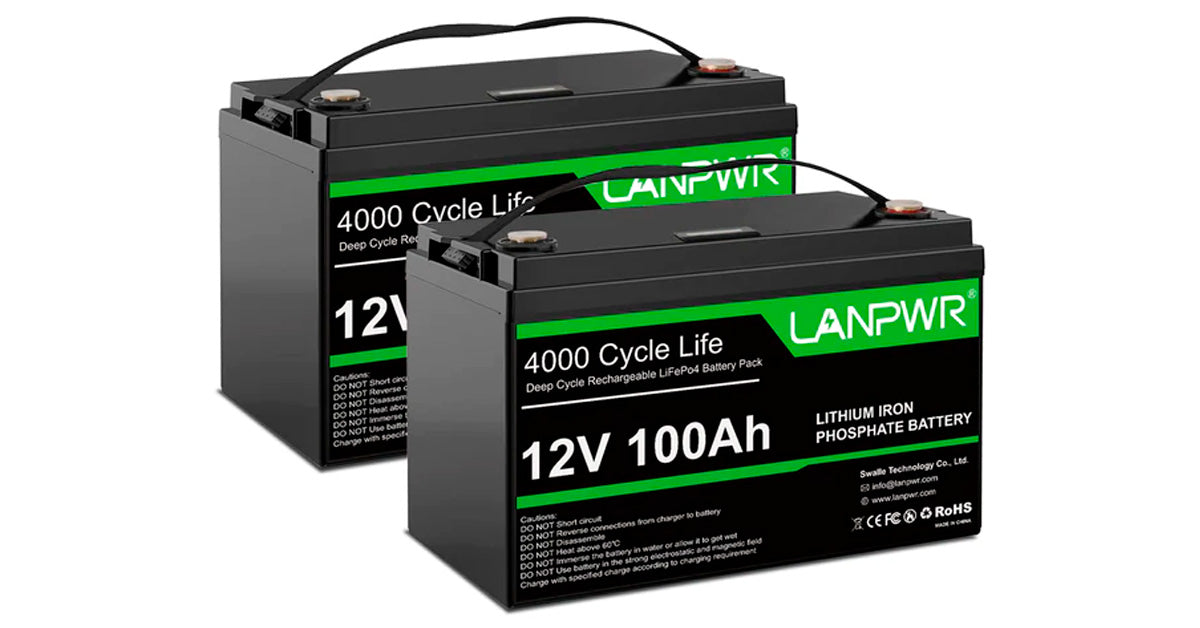






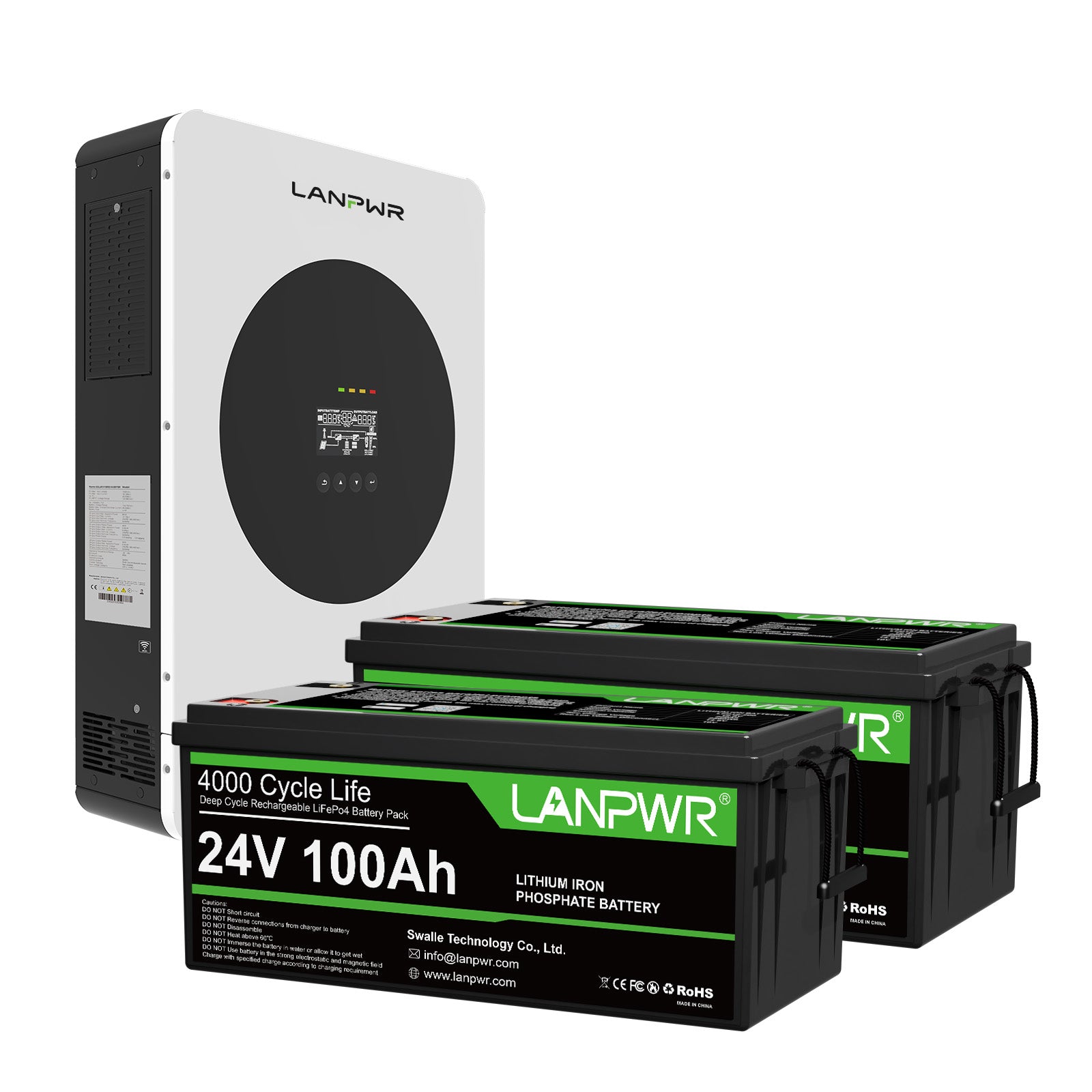
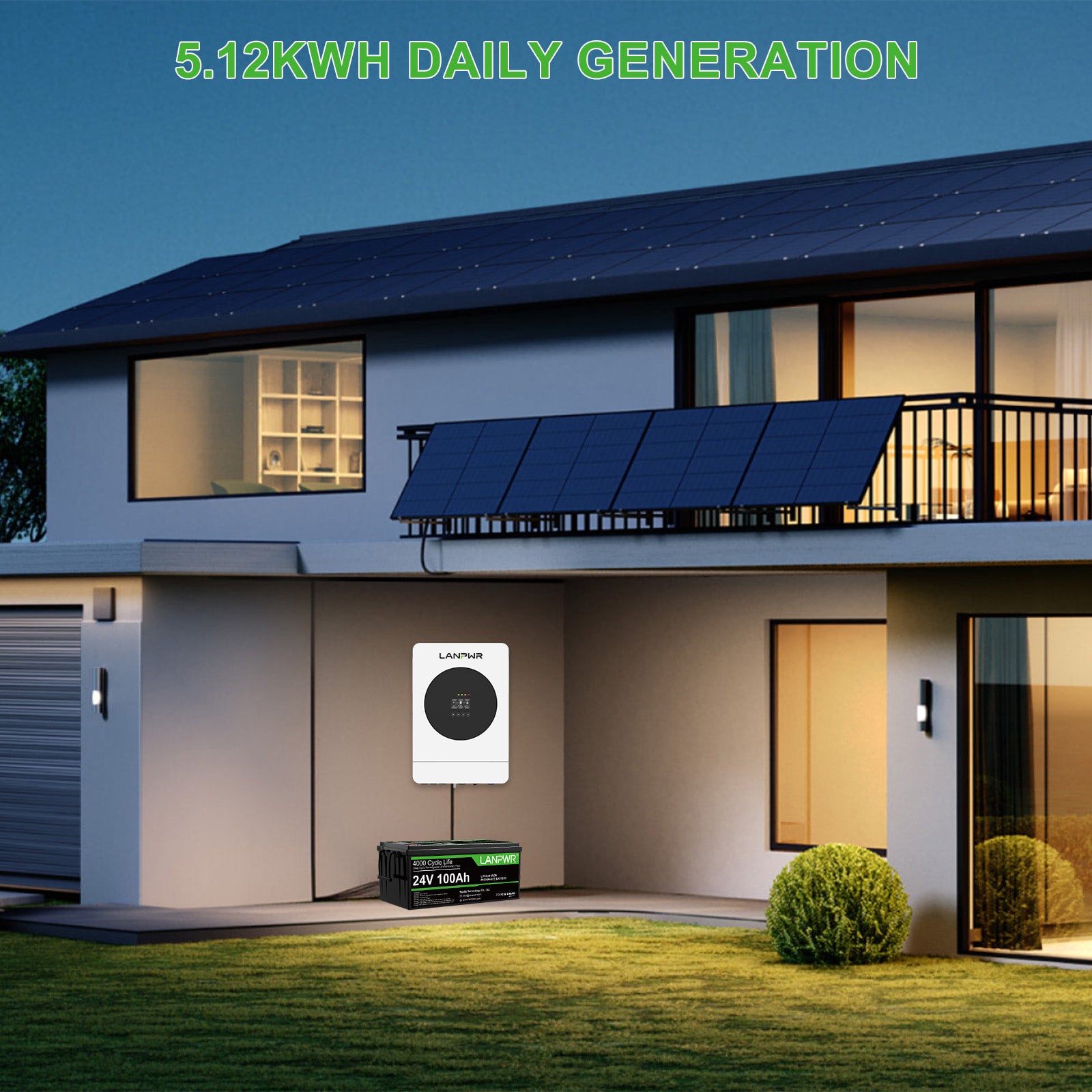
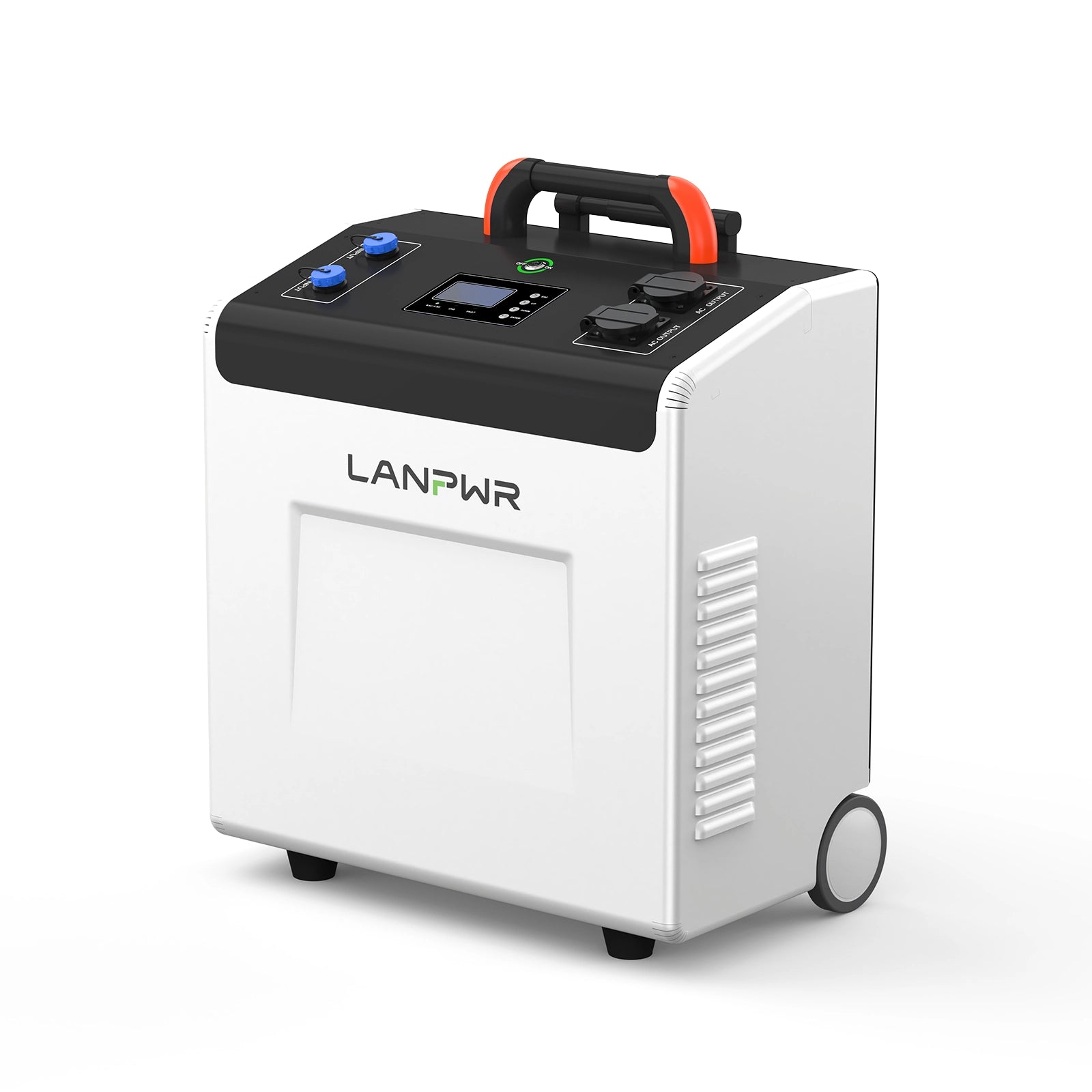
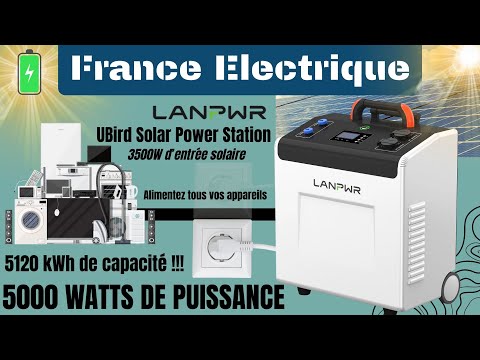
Leave a comment
This site is protected by hCaptcha and the hCaptcha Privacy Policy and Terms of Service apply.